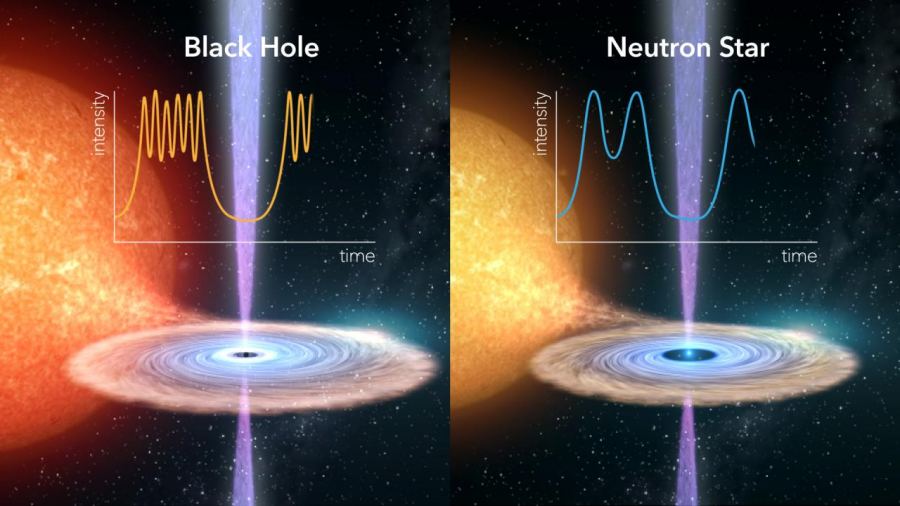
The Neutron Star That Thinks It’s a Black Hole
Black holes and neutron stars are among the odder denizens of the cosmic zoo. They’re both dense collections of matter and, except for supermassive black holes, are the end states of massive stars. Fundamentally, they’re two different types of objects that are detectable via the activity in the accretion disks that form around them. Astronomers recently observed an object that acted like a black hole but turned out to be a neutron star. The clues lay in the accretion disk surrounding it.
Where do accretion disks come from? And, why do they brighten up with flares and outbursts? In the case of binary systems, that material comes from companion stars that feed them as much (or more) than they can eat. The accretion disks respond in various ways, often forming hotspots and blasting out jets of radiation. Yet, in many respects, understanding some of the disk activities had to wait for extensive, multi-wavelength studies of their outbursts.
Monitoring Odd Behavior in an Accretion Disk
When astronomers first saw a weirdly bright object called J1858.6-0814, they first assumed it was a black hole with a companion star. It gave off a series of flares that extended across the electromagnetic spectrum, from radio to x-rays. After a lot of observations and head-scratching, the team members realized that this thing is a neutron star with a solid surface. There’s an accretion disk around it created by a companion star. The bright flares come from instability in that accretion disk and high-speed ejections of material away from the objects.
